
Qualification aim
The Signature Level 6 Diploma in Sign Language Interpreting and Translation (RQF) qualification aims to provide aspiring signed language interpreters and translators with the essential knowledge, understanding and skills for a career in the signed language interpreting and translation professions.
Qualification objectives
At the end of this qualification candidates will be able to:
- demonstrate good practice in their area of professional activity
- demonstrate their ability to carry out interpreting assignments to a professional standard
- be fully aware of the role of the professional interpreter and the principles of professional practice
- evaluate and reflect on performance
- promote personal and professional development.
Qualification structure
This qualification is designed to give the candidate the flexibility to specialise in 1 or more of the 4 areas of practice covered by this qualification.
The learning objectives and assessment criteria that make up this qualification are based on the National Occupational Standards for interpreting (CFAINT) and translation (CFAPTra) (Instructus 2017).
The qualification is in 2 parts. In order to complete this qualification, candidates must complete Part 1 and at least one stream in Part 2.
- Teacher: Amy Baxter
- Teacher: Paula Cox
- Teacher: Paul Michaels
- Teacher: Akbar Sikder
- Teacher: Andrew Stanley
- Teacher: Chance Walton-Ashmore
- Teacher: Alban Ward-Welch
- Teacher: Karen Ward-Welch
- Teacher: Marie Webb-Stevens
- Teacher: Matthew Williams
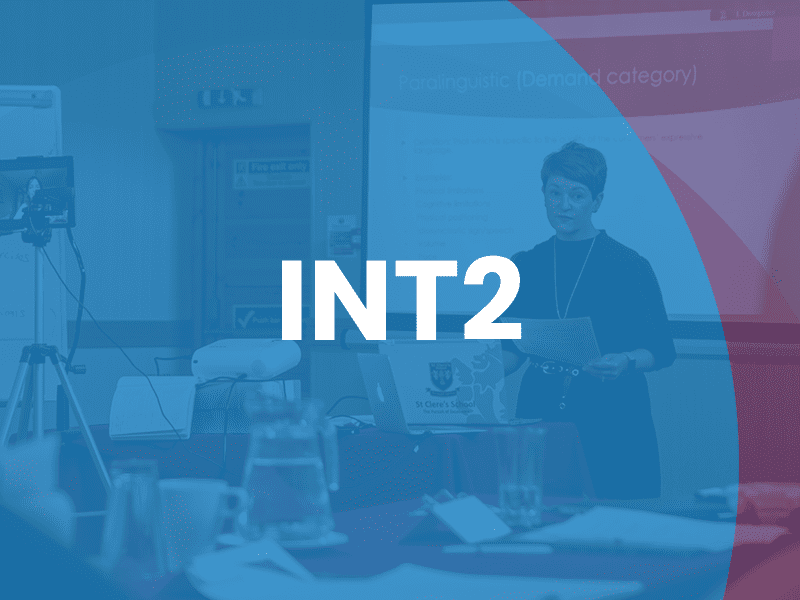
Qualification aim
The Signature Level 6 Diploma in Sign Language Interpreting and Translation (RQF) qualification aims to provide aspiring signed language interpreters and translators with the essential knowledge, understanding and skills for a career in the signed language interpreting and translation professions.
Qualification objectives
At the end of this qualification candidates will be able to:
- demonstrate good practice in their area of professional activity
- demonstrate their ability to carry out interpreting assignments to a professional standard
- be fully aware of the role of the professional interpreter and the principles of professional practice
- evaluate and reflect on performance
- promote personal and professional development.
Qualification structure
This qualification is designed to give the candidate the flexibility to specialise in 1 or more of the 4 areas of practice covered by this qualification.
The learning objectives and assessment criteria that make up this qualification are based on the National Occupational Standards for interpreting (CFAINT) and translation (CFAPTra) (Instructus 2017).
The qualification is in 2 parts. In order to complete this qualification, candidates must complete Part 1 and at least one stream in Part 2.
- Teacher: Amy Baxter
- Teacher: Akbar Sikder
- Teacher: Andrew Stanley
- Teacher: Chance Walton-Ashmore
- Teacher: Alban Ward-Welch
- Teacher: Karen Ward-Welch
- Teacher: Matthew Williams
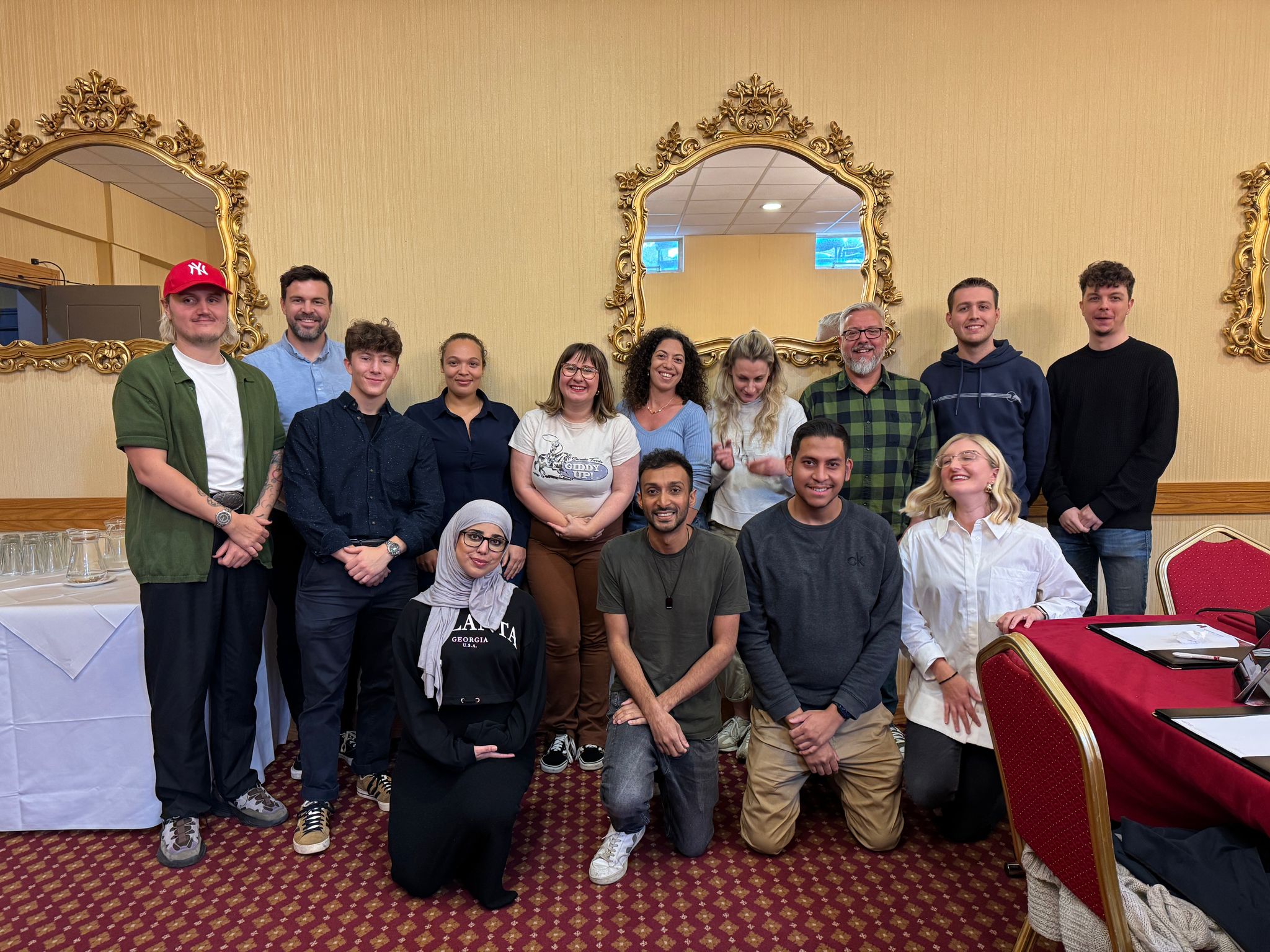
Qualification aim
The Signature Level 6 Diploma in Sign Language Interpreting and Translation (RQF) qualification aims to provide aspiring signed language interpreters and translators with the essential knowledge, understanding and skills for a career in the signed language interpreting and translation professions.
Qualification objectives
At the end of this qualification candidates will be able to:
- demonstrate good practice in their area of professional activity
- demonstrate their ability to carry out interpreting assignments to a professional standard
- be fully aware of the role of the professional interpreter and the principles of professional practice
- evaluate and reflect on performance
- promote personal and professional development.
Qualification structure
This qualification is designed to give the candidate the flexibility to specialise in 1 or more of the 4 areas of practice covered by this qualification.
The learning objectives and assessment criteria that make up this qualification are based on the National Occupational Standards for interpreting (CFAINT) and translation (CFAPTra) (Instructus 2017).
The qualification is in 2 parts. In order to complete this qualification, candidates must complete Part 1 and at least one stream in Part 2.
- Teacher: Paula Cox
- Teacher: Paul Michaels
- Teacher: Akbar Sikder
- Teacher: Andrew Stanley
- Teacher: Chance Walton-Ashmore
- Teacher: Alban Ward-Welch
- Teacher: Karen Ward-Welch
- Teacher: Marie Webb-Stevens
- Teacher: Matthew Williams

Qualification aim
The Signature Level 6 Diploma in Sign Language Interpreting and Translation (RQF) qualification aims to provide aspiring signed language interpreters and translators with the essential knowledge, understanding and skills for a career in the signed language interpreting and translation professions.
Qualification objectives
At the end of this qualification candidates will be able to:
- demonstrate good practice in their area of professional activity
- demonstrate their ability to carry out interpreting assignments to a professional standard
- be fully aware of the role of the professional interpreter and the principles of professional practice
- evaluate and reflect on performance
- promote personal and professional development.
Qualification structure
This qualification is designed to give the candidate the flexibility to specialise in 1 or more of the 4 areas of practice covered by this qualification.
The learning objectives and assessment criteria that make up this qualification are based on the National Occupational Standards for interpreting (CFAINT) and translation (CFAPTra) (Instructus 2017).
The qualification is in 2 parts. In order to complete this qualification, candidates must complete Part 1 and at least one stream in Part 2.
- Teacher: Amy Baxter
- Teacher: Paula Cox
- Teacher: Paul Michaels
- Teacher: Alan Murray
- Teacher: Akbar Sikder
- Teacher: Andrew Stanley
- Teacher: Chance Walton-Ashmore
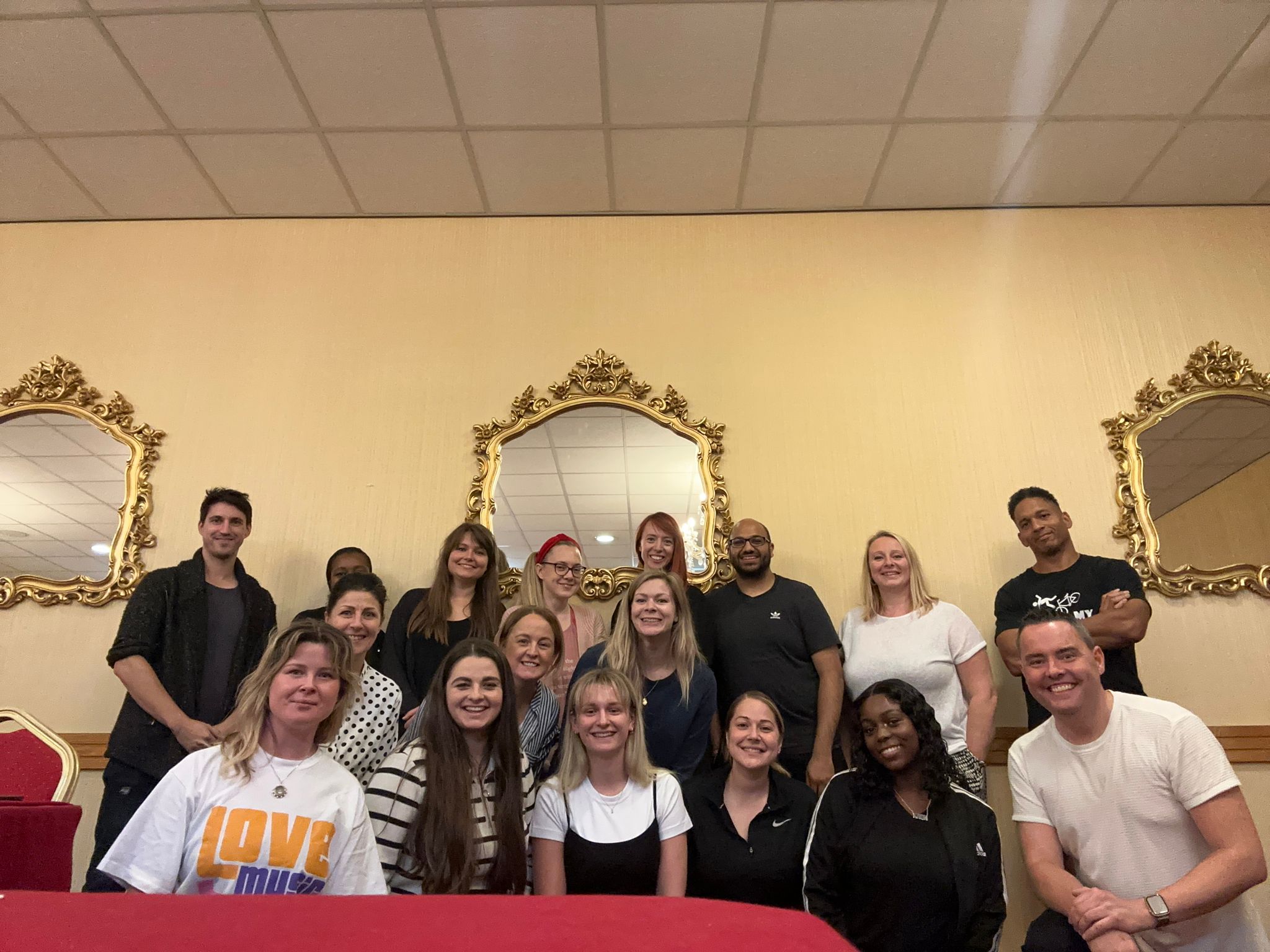
Qualification aim
The Signature Level 6 Diploma in Sign Language Interpreting and Translation (RQF) qualification aims to provide aspiring signed language interpreters and translators with the essential knowledge, understanding and skills for a career in the signed language interpreting and translation professions.
Qualification objectives
At the end of this qualification candidates will be able to:
- demonstrate good practice in their area of professional activity
- demonstrate their ability to carry out interpreting assignments to a professional standard
- be fully aware of the role of the professional interpreter and the principles of professional practice
- evaluate and reflect on performance
- promote personal and professional development.
Qualification structure
This qualification is designed to give the candidate the flexibility to specialise in 1 or more of the 4 areas of practice covered by this qualification.
The learning objectives and assessment criteria that make up this qualification are based on the National Occupational Standards for interpreting (CFAINT) and translation (CFAPTra) (Instructus 2017).
The qualification is in 2 parts. In order to complete this qualification, candidates must complete Part 1 and at least one stream in Part 2.
- Teacher: Paul Michaels
- Teacher: Akbar Sikder
- Teacher: Andrew Stanley
- Teacher: Chance Walton-Ashmore
- Teacher: Marie Webb-Stevens
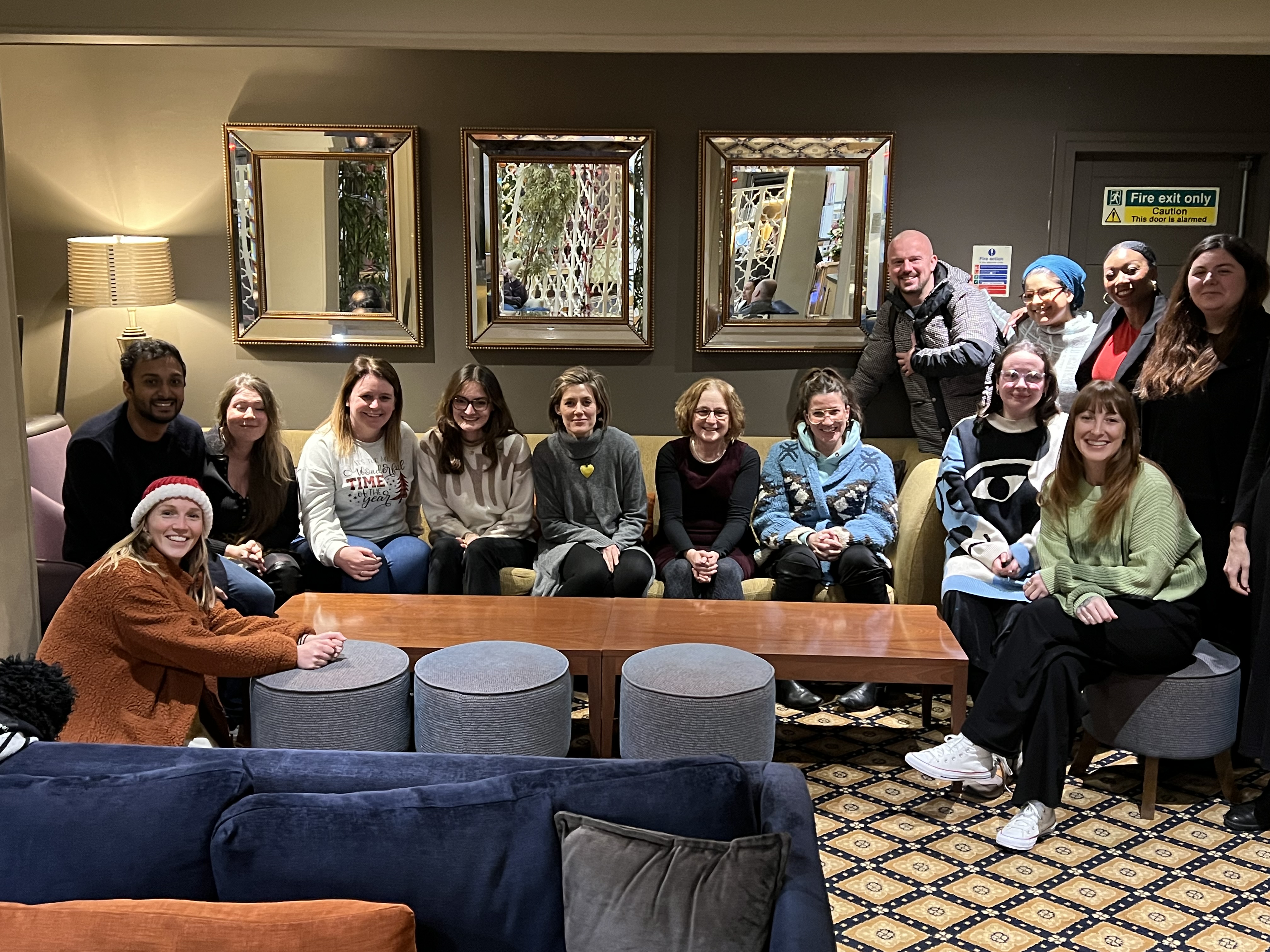
Qualification aim
The Signature Level 6 Diploma in Sign Language Interpreting and Translation (RQF) qualification aims to provide aspiring signed language interpreters and translators with the essential knowledge, understanding and skills for a career in the signed language interpreting and translation professions.
Qualification objectives
At the end of this qualification candidates will be able to:
- demonstrate good practice in their area of professional activity
- demonstrate their ability to carry out interpreting assignments to a professional standard
- be fully aware of the role of the professional interpreter and the principles of professional practice
- evaluate and reflect on performance
- promote personal and professional development.
Qualification structure
This qualification is designed to give the candidate the flexibility to specialise in 1 or more of the 4 areas of practice covered by this qualification.
The learning objectives and assessment criteria that make up this qualification are based on the National Occupational Standards for interpreting (CFAINT) and translation (CFAPTra) (Instructus 2017).
The qualification is in 2 parts. In order to complete this qualification, candidates must complete Part 1 and at least one stream in Part 2.
- Teacher: Gail Dixon
- Teacher: Paul Michaels
- Teacher: Alan Murray
- Teacher: Akbar Sikder
- Teacher: Andrew Stanley
- Teacher: Chance Walton-Ashmore
- Teacher: Marie Webb-Stevens
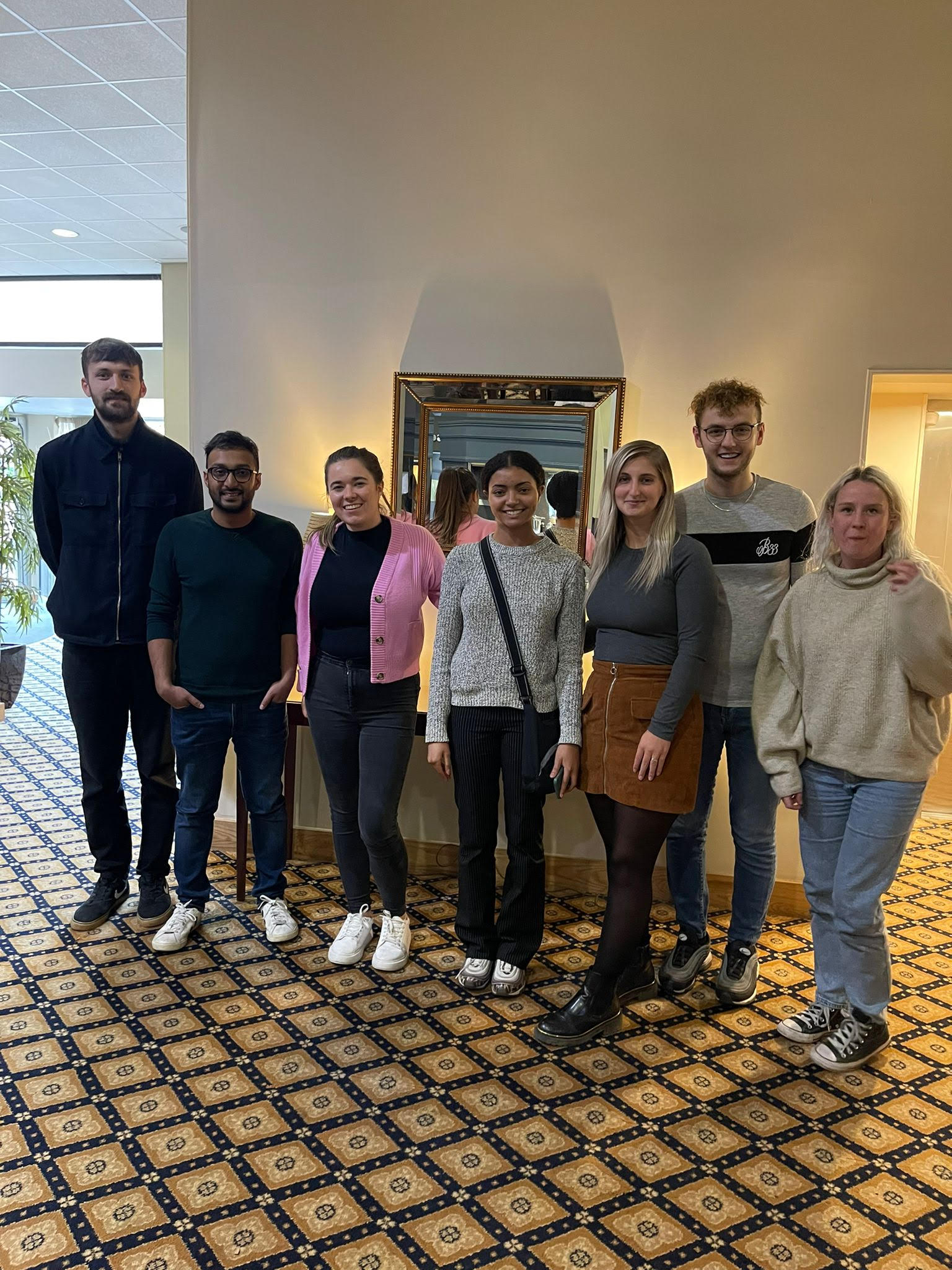
Qualification aim
The Signature Level 6 Diploma in Sign Language Interpreting and Translation (RQF) qualification aims to provide aspiring signed language interpreters and translators with the essential knowledge, understanding and skills for a career in the signed language interpreting and translation professions.
Qualification Objective
This qualification is suitable for people who are either currently working within the field of signed language interpreting and translation or are aspiring towards a career as a professional signed language interpreter or translator.
At the end of the qualification candidates will be able to:
- Demonstrate good practice in their area of professional activity
- Demonstrate their ability to carry out interpreting or translation assignments to a professional standard
- Be fully aware of the role of the professional interpreter or translator and the principles of professional practice
- Evaluate and reflect on performance
- Promote personal and professional development
Qualification structure
This qualification is designed to give the candidate the flexibility to specialise in 1 or more of the 4 areas of practice covered by this qualification.
The learning objectives and assessment criteria that make up this qualification are based on the National Occupational Standards for interpreting (CFAINT) and translation (CFAPTra) (Instructus 2017).
The qualification is in 2 parts. In order to complete this qualification, candidates must complete Part 1 and at least one stream in Part 2.
- Teacher: Amy Baxter
- Teacher: Kam Deo
- Teacher: Catherine Nassimi-Green
- Teacher: Tessa Padden
- Teacher: Akbar Sikder
- Teacher: Chance Walton-Ashmore
- Teacher: Alban Ward-Welch
- Teacher: Karen Ward-Welch
- Teacher: Marie Webb-Stevens
